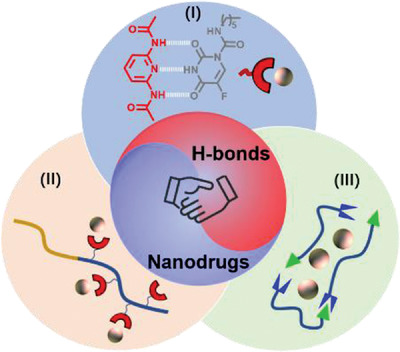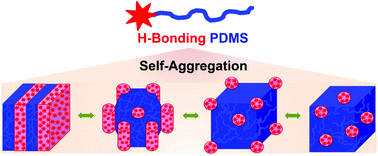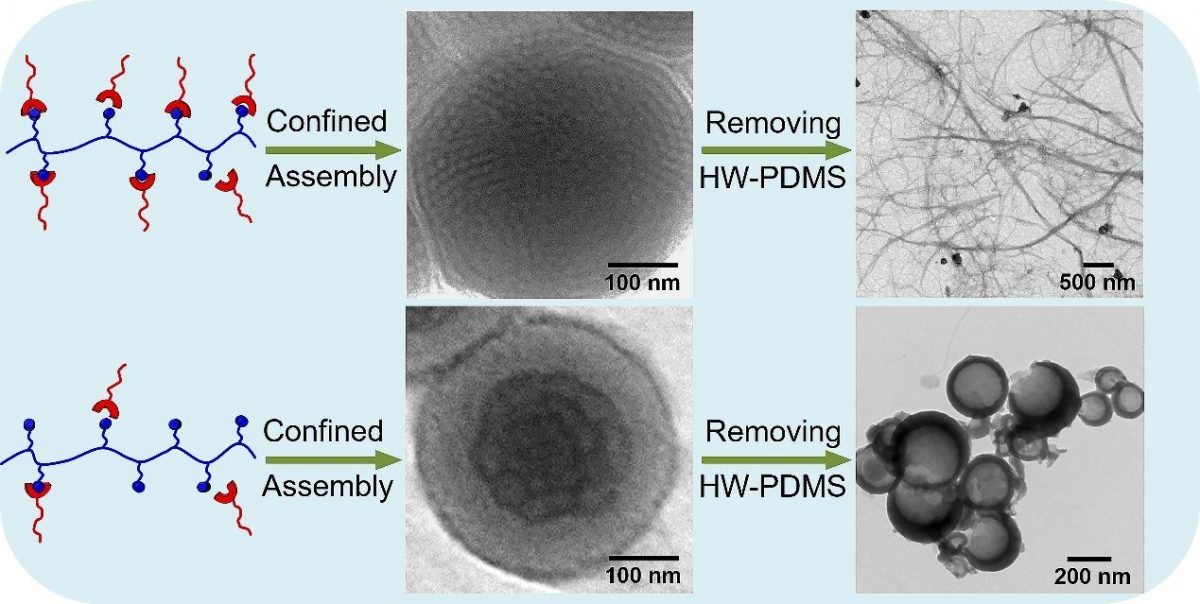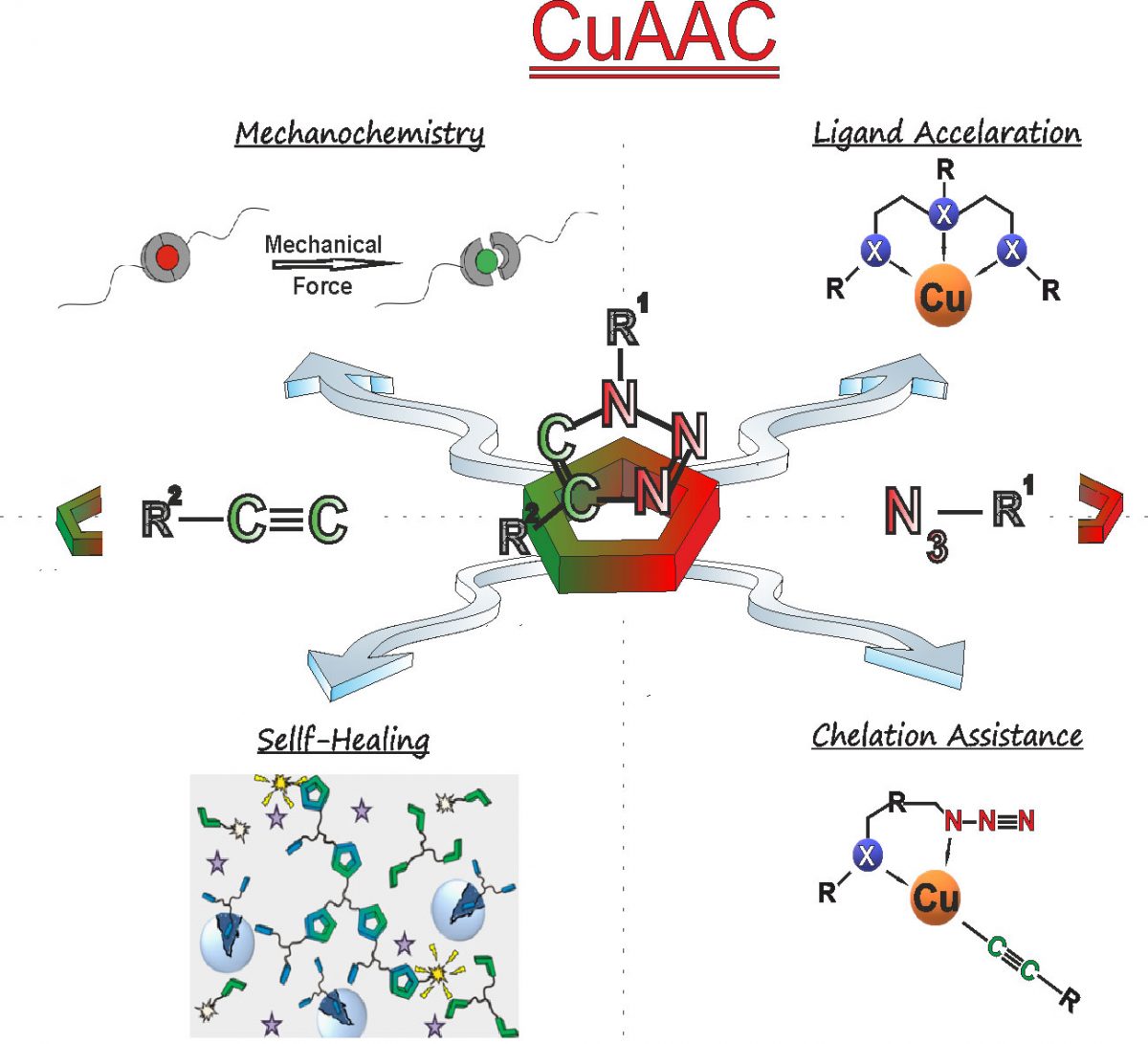Comparing C2=O and C2=S Barbiturates: Different Hydrogen Bonding Patterns of Thiobarbiturates in Solution and the Solid State
Li, C., et al. Int. J. Macromol. Sci., 2021, DOI:https://www.mdpi.com/1422-0067/22/23/12679
Carbonyl-centered hydrogen bonds with various strength and geometries are often exploited in materials to embed dynamic and adaptive properties, with the use of thiocarbonyl groups as hydrogen-bonding acceptors remaining only scarcely investigated. We herein report a comparative study of C2=O and C2=S barbiturates in view of their differing hydrogen bonds, using the 5,5-disubstituted barbiturate B and the thiobarbiturate TB as model compounds. Differences in their association in solution were extracted via concentration- and temperature-dependent NMR experiments, as well as in Langmuir films, and Brewster angle microscopy. When embedded into a hydrophobic polymer such as polyisobutylene, a largely different rheological behavior was observed for the barbiturate-bearing PB compared to the thiobarbiturate-bearing PTB polymers, indicative of a stronger hydrogen bonding in the thioanalogue PTB.











